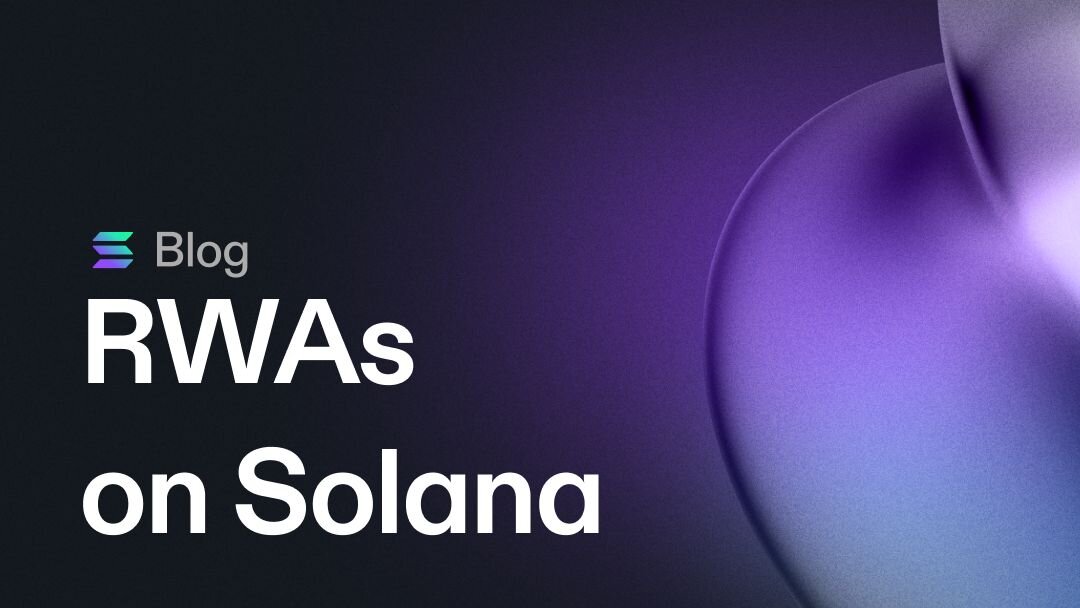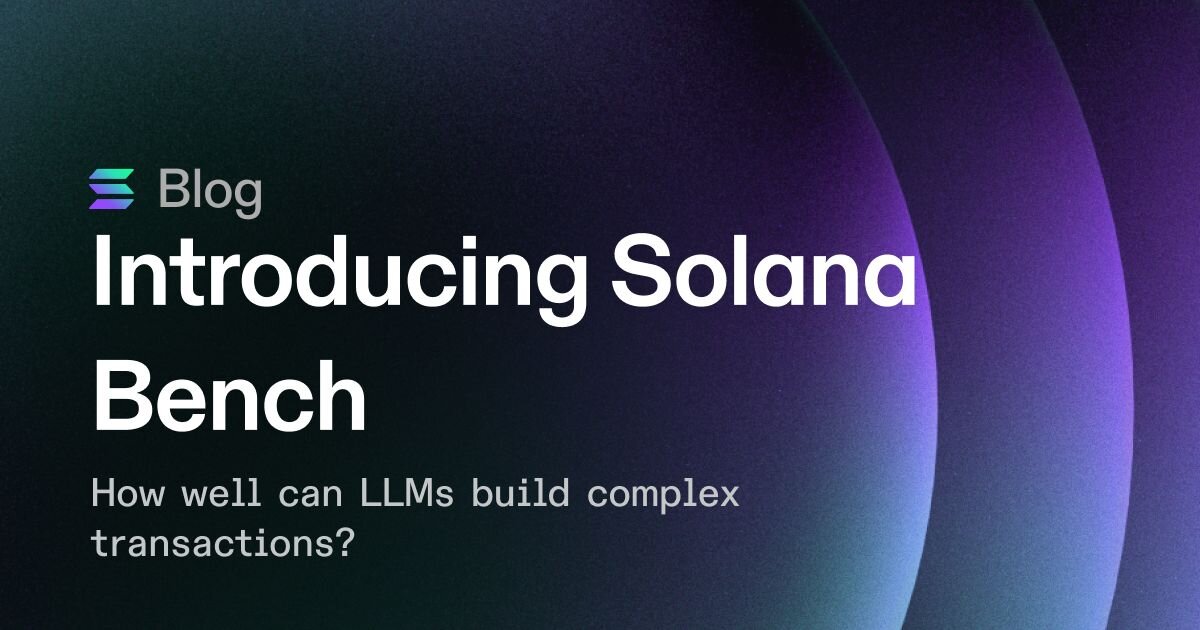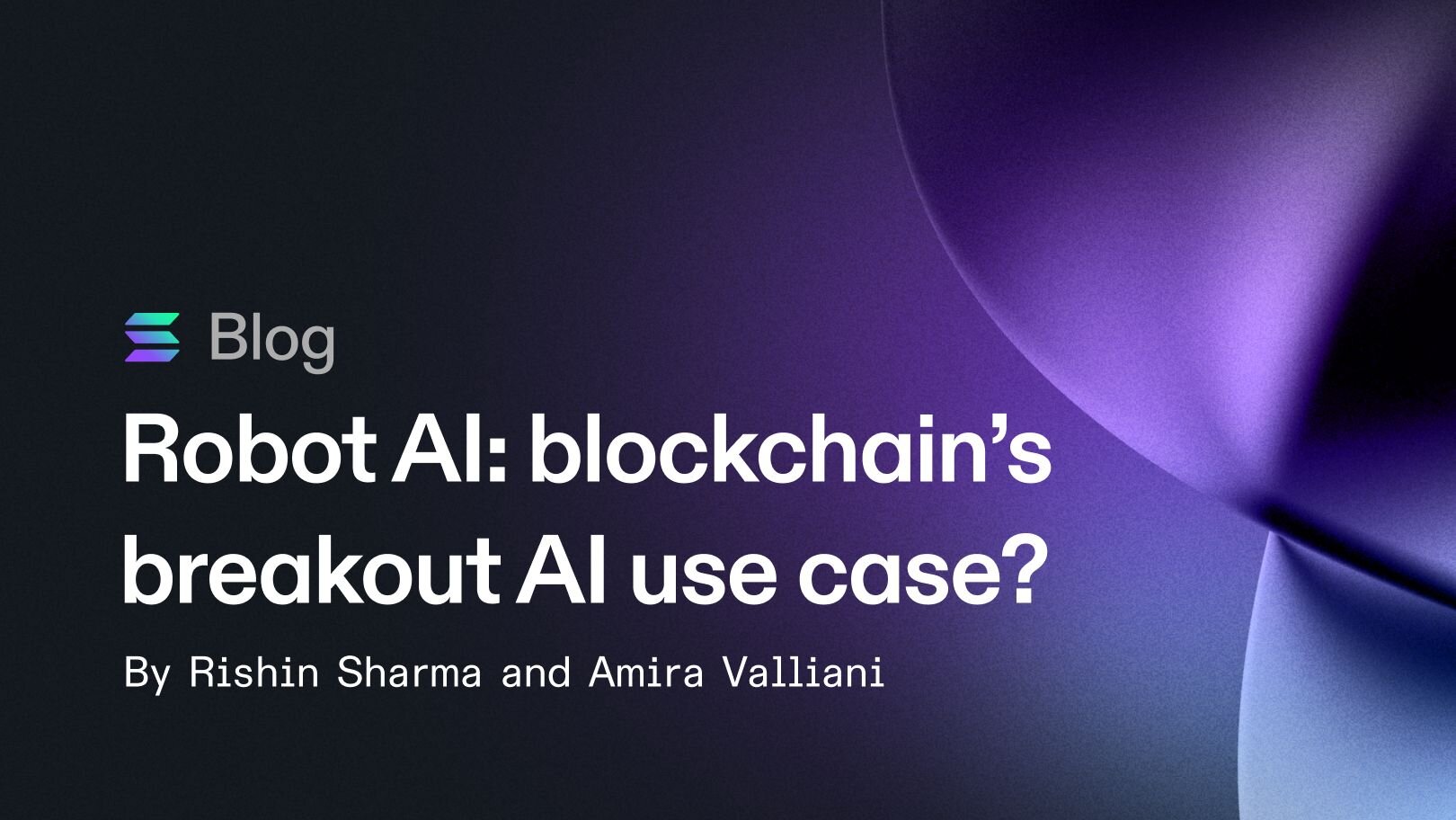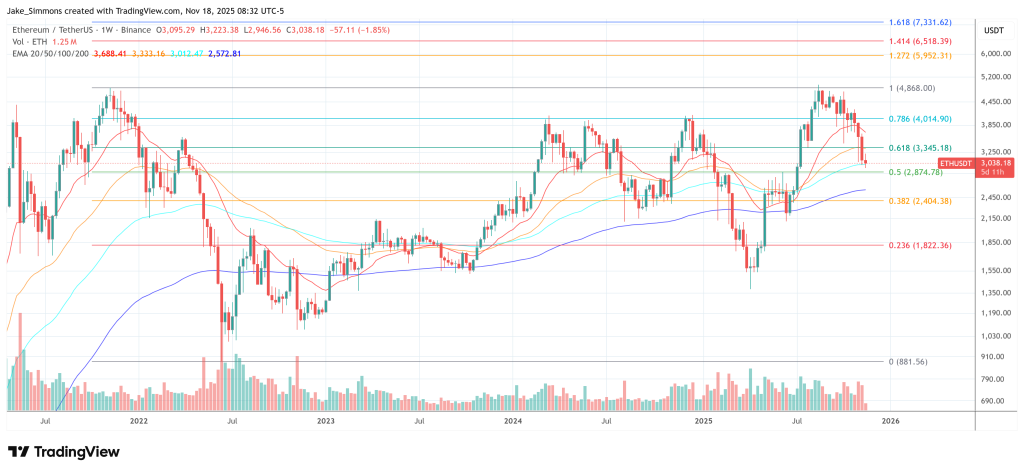Institutional Finance Democratization
Nick Ducoff, Head of Institutional Growth at the Solana Foundation, recently highlighted the significant shift in the financial sector. Traditional institutional finance has, for a long time, been restricted to a select few, leaving the majority of investors out of the loop. The exclusive focus on “high net worth” individuals has created a barrier, with the minimum investment required to access many hedge funds standing at $250,000 USD, and some requiring a minimum income of $300,000. However, this is changing with the increasing democratization of finance.
This democratization is exemplified in Libre’s announcement of an on-chain fund in partnership with Hamilton Lane and Brevan Howard, two prominent figures in alternative investments. This move aims to bring real-world assets on-chain, enhancing flexibility and accessibility for investors worldwide.
How Libre is Democratizing Finance
Libre is utilizing Solana to make finance more accessible by introducing a minimum investment of only $10,000, a fraction of what traditional hedge funds require. Additionally, Libre provides liquid flexibility, allowing investors to withdraw their assets early for a modest fee. Moreover, these assets can be used as collateral in decentralized finance (DeFi) to borrow against.
Another crucial aspect of Libre’s democratization efforts is freedom from gatekeepers. Unlike traditional funds, which often require investment through a large financial advisor, any investor can join Libre without the need for a significant financial relationship.
Bringing Real-World Assets On-Chain… on Solana
Solana is rapidly becoming a popular choice for on-chain real-world assets. Solana’s cofounder and President of Solana Labs, Anatoly Yakovenko, often refers to it as “Solana at NASDAQ speeds,” highlighting its high-throughput design and unmatched technology capabilities. This has made Solana the ideal blockchain for bringing traditional financial products onto the blockchain.
The immense liquidity on Solana, coupled with its technological prowess, has made it the preferred ecosystem for digital assets. In May 2022, there was $2.4 trillion worth of stablecoin volume on Solana, representing two-thirds of all on-chain stablecoin volume, according to Artemis.
The Benefits of On-Chain Real-World Assets
On-chain real-world assets represent traditional securities such as private funds, money market funds, ETFs, and other financial assets like private credit, real estate, or even high-value liquor, which have been tokenized or linked to on-chain assets. This brings several benefits to the table:
- No more “high net worth”: Libre’s minimum investment is significantly lower than traditional hedge funds.
- Liquid flexibility: Investors can withdraw their assets early for a modest fee.
- Freedom from gatekeepers: Anyone can join Libre without the need for a large financial relationship.
Conclusion
In conclusion, the democratization of institutional finance is an exciting development. Liber’s on-chain fund with Hamilton Lane and Brevan Howard is a significant step in this direction. The benefits of on-chain real-world assets, including increased accessibility and liquidity, are undeniable. As this trend continues to unfold, it’s essential to stay informed about the latest developments in this space.
Frequently Asked Questions
Q: What is Solana?
A: Solana is a blockchain platform designed for building scalable and decentralized applications.
Q: What is Libre?
A: Libre is a platform that aims to democratize institutional finance by providing access to real-world assets on-chain with a minimum investment of $10,000.
Q: Why is Solana a popular choice for on-chain real-world assets?
A: Solana’s high-throughput design, low costs, and innovative tools make it an attractive option for companies looking to bring traditional financial products onto the blockchain.
Q: What are token extensions?
A: Token extensions are a feature on Solana that allows companies to build compliant, customer-friendly real-world assets on-chain by utilizing permanent delegates, non-transferable tokens, token metadata, and metadata pointers.
Q: What is decentralized finance (DeFi)?
A: DeFi is a financial system that operates on blockchain networks, allowing for decentralized lending, borrowing, and trading without the need for intermediaries.
Q: What is the significance of on-chain stablecoin volume on Solana?
A: The $2.4 trillion worth of stablecoin volume on Solana in May 2022 represents a significant milestone in the adoption of decentralized financial instruments and highlights Solana’s growing role in the DeFi ecosystem.
Q: How does Libre’s on-chain fund benefit investors?
A: Libre’s on-chain fund provides investors with increased accessibility, liquid flexibility, and freedom from gatekeepers, making it an attractive option for those seeking to participate in institutional finance.
Q: What does the future hold for the democratization of institutional finance?
A: As on-chain real-world assets continue to grow in popularity, it’s likely that more companies will follow Libre’s lead and establish on-chain funds, making institutional finance more accessible to a wider range of investors.







